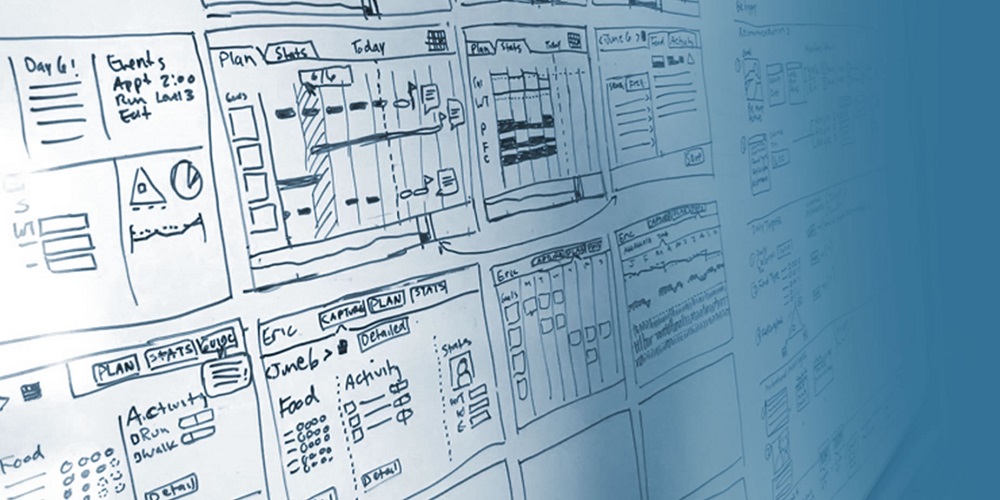Every member of a prototyping team offering rapid prototyping services or any other form of prototyping has the responsibility to deliver the requested as agreed.
For many, the process of shifting and turning concepts that are abstract into a physical and realistic working object is quite enjoyable and satisfying.
These may take several hours, days, or weeks accompanied by lots of team planning, design changes, and consumer feedback which may lead to more require changes.
The final product is then created from the best-reformed prototype that was designed. There is a level of satisfaction that comes with the successful end of a particular project and it is unquantifiable.
Do your best not to always look to the satisfaction at the end of the project. Crafting an excellent prototype is usually achieved through numerous trial and error phases.
So how do you make an efficient well-crafted prototype?
The Prototype Is Not the Goal
Because this article is primarily about prototypes, it may sound contradictory to some people, but do not be disturbed, this is factual.
A dictionary describes the term prototype to be a typical example of a standard. The purpose of a prototype is supposed to be a model design and not the final product.
Keeping that in mind will help you when the time comes for you to decide if you will accept a job from a client or not.
Designers need to be watchful and look out for the jobs that trap them in what is referred to as working inertia. They should avoid taking up any task from a client irrespective of what the request is.
Designers should learn to analyze potential prototype requests and ask the necessary questions such as: what is needed? Who is the market audience? What is the objective? What are the expectations?
While you consider the answers to these questions, instead of stopping at NO, you should share your ideas based on experience on prototyping services.
Storyboarding Is Essential
Storyboarding is used to visualize the final product of a particular project. The storyboard shows all the processes and specific details on how each process will be successfully achieved.
You are advised to not skip storyboarding as it is essential to crafting an excellent prototype. Storyboarding helps with clarification of actions and components, with flow and map of all necessary screens needed.
Teamwork
The design team is usually made up of experts in their different fields. When you all come together to work on a project, the success of the project is dependent on each member of the design team.
Working as a team allows for numerous inputs to make the job better. It also makes the job easier since each person is focused on a particular phase. It also leads to more efficient and convenient results.
When each member of the team works hard at where they fit best, they get better at it and accelerate the prototyping process.
Though teamwork could raise issues of communication and dependency, regular meetings for alignment should be held to bring everyone to speed.
Conclusion
For you to be successful at prototyping, you need to follow these tips as well as you can. The job can be challenging but can be very rewarding when the team works together.
